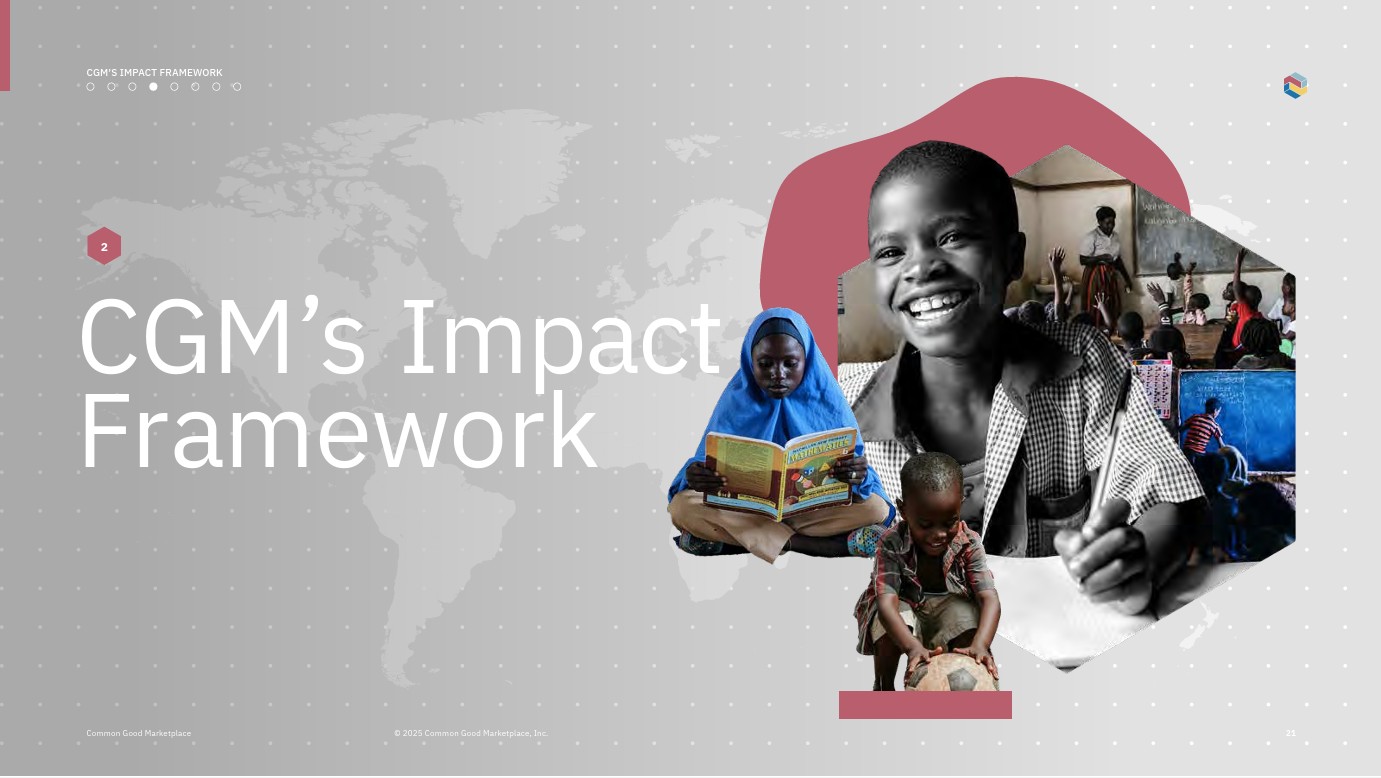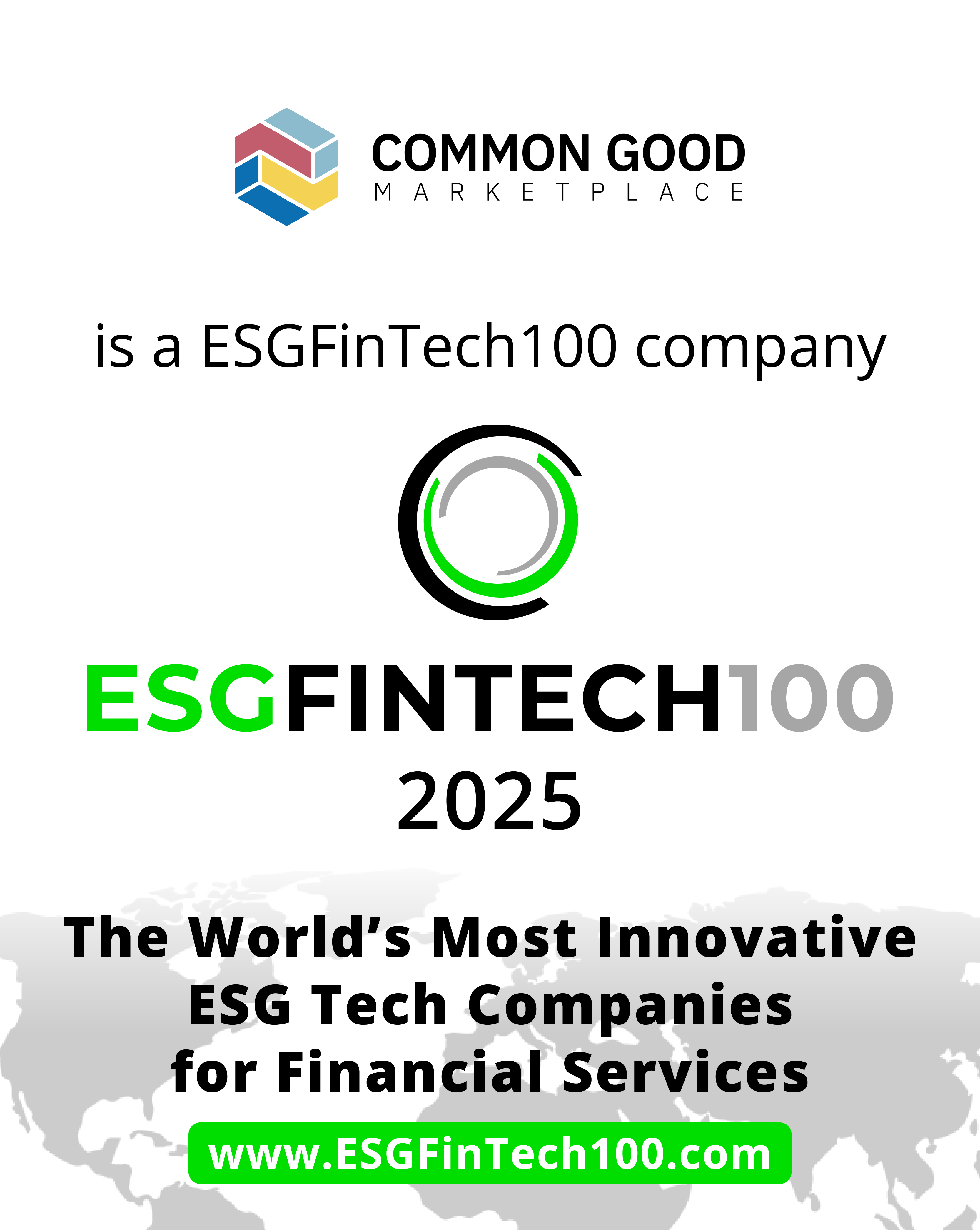

Refining CGM’s Impact Framework: Insights from Expert Consultations


In August and September 2025, CGM shared a draft of its Impact Framework with key stakeholders and experts across the fields of impact measurement, social valuation, and outcome-based finance (OBF). These consultations aimed to gather feedback, answer questions about CGM’s marketplace and technical design, and ensure the framework is clear, practical, and relevant to its intended audience.
Each expert was invited to provide open-ended feedback and respond to structured questions about the framework’s goals, clarity, and positioning within the broader OBF and tradeable impact ecosystem. A follow-up survey also collected detailed input on the document’s structure and content.
Across seven in-depth conversations, participants affirmed that CGM’s work on tradeable impact represents a meaningful innovation within the sector. Their insights directly shaped the final Framework, including the addition of case studies and greater recognition of the pioneering organizations whose methods underpin CGM’s approach to measuring and monetizing impact. Below is a summary of our takeaways from the expert consultations.
1. Outcomes as the Core Unit of Value
Experts strongly endorsed CGM’s focus on outcomes as the key unit of value—embodied in Verified Impact Assets (VIAs). This approach marks a shift from traditional outcome-based finance by emphasizing the intrinsic value of achieved impact rather than the mechanisms used to fund it. It opens the door to greater flexibility in pricing and participation within outcome markets.
2. Balancing Rigor and Accessibility
While there was enthusiasm for CGM’s verification standards, some participants cautioned that the monitoring and reporting requirements could be burdensome for smaller organizations. Striking the right balance between credibility and accessibility will be important for equitable participation.
3. Building a Market from the Ground Up
Creating a new marketplace for verified outcomes is a complex task. Stakeholders emphasized the importance of partnerships, demand generation, and capacity-building for both Suppliers and Buyers to ensure the system can grow and sustain itself.
4. Risk as Both a Challenge and Opportunity
Several participants highlighted risk mitigation as one of CGM’s greatest strengths—particularly the structured approach to screening and verification. At the same time, they encouraged CGM to consider broader forms of systemic and market risk as the initiative scales.
5. A New Kind of Funding Relationship
Because VIAs represent outcomes that have already happened—and have been funded through other means—CGM’s model offers a fundamentally new way for corporations and foundations to support impact. It reduces diligence and management burden while maximizing measurable results, but it also challenges traditional funding structures and mindsets.
6. The Need for Shared Standards
Finally, participants underscored the importance of continued alignment with leading frameworks such as the Impact Management Project (IMP). CGM’s Framework is grounded in credible standards but applies them in a practical, coherent way that can bridge the gap between theory and implementation.
By engaging openly with experts and peers, CGM has strengthened its Framework and deepened its commitment to transparency and collaboration. These conversations reaffirmed that tradeable impact is not just a new funding mechanism—it’s a pathway to make outcomes measurable, comparable, and investable.
.png)



.png)